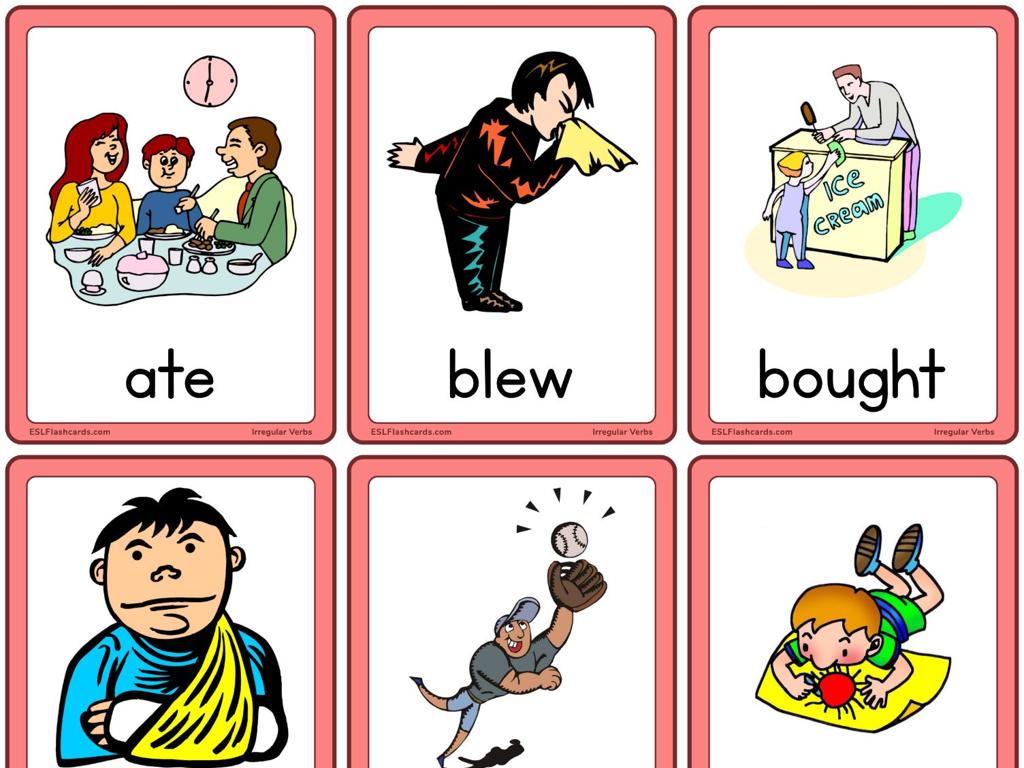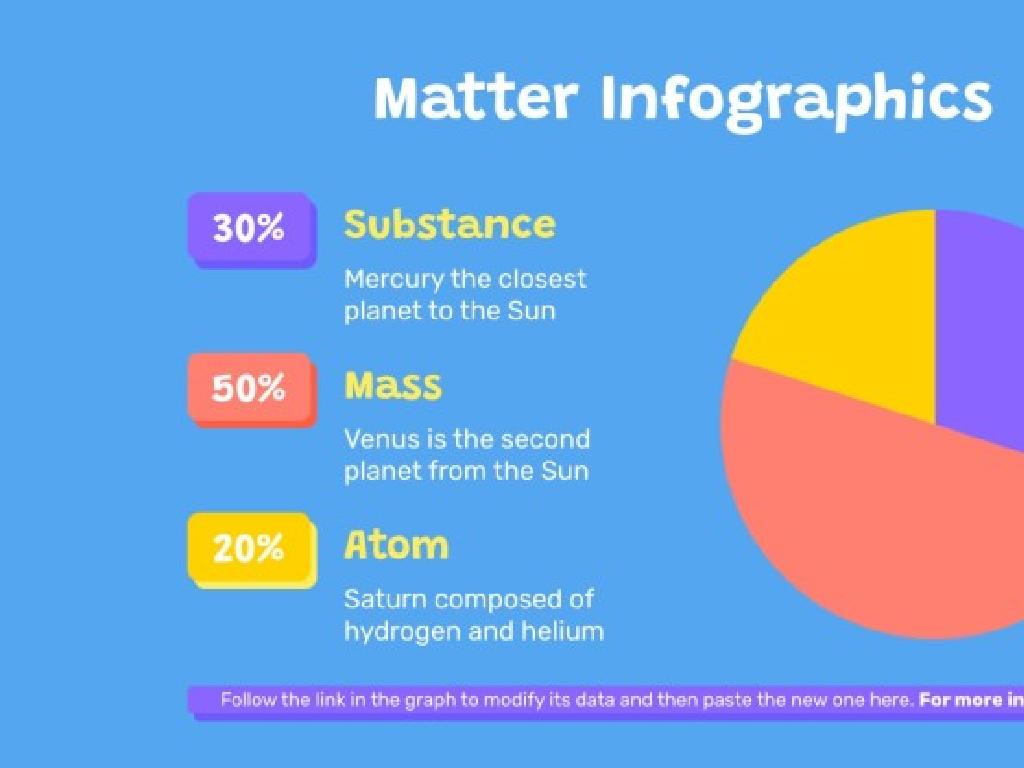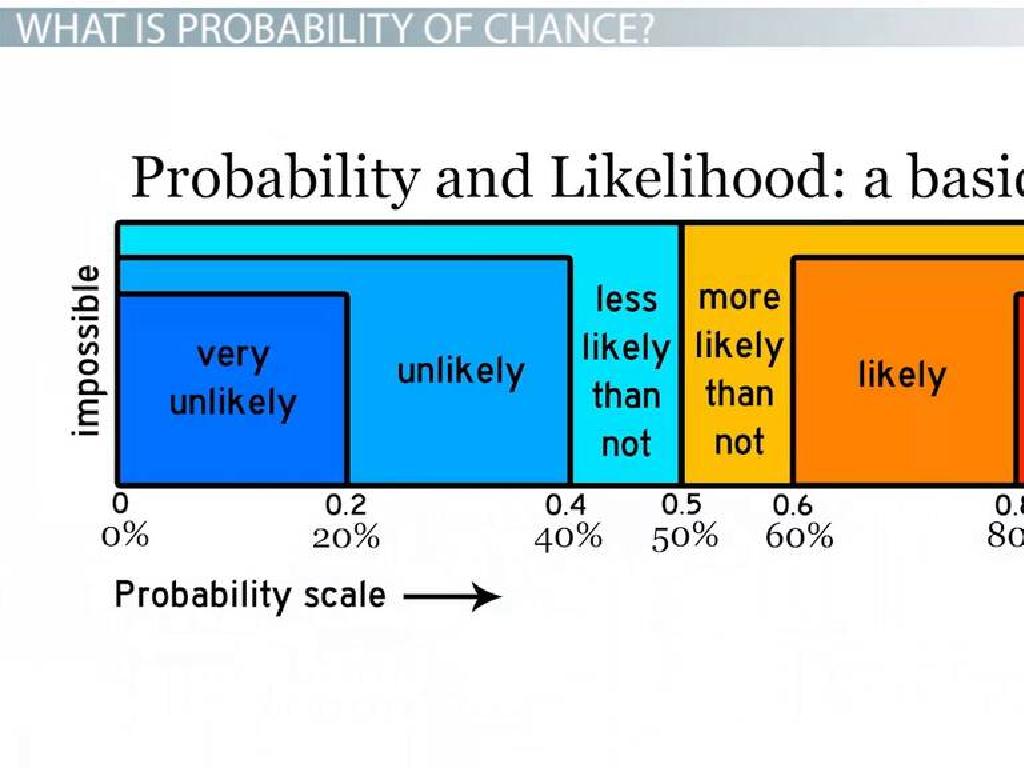Name Countries Of Europe: Region 4
Subject: Social studies
Grade: Sixth grade
Topic: Europe: Geography
Please LOG IN to download the presentation. Access is available to registered users only.
View More Content
Exploring Europe: Region 4
– Europe’s diverse geography
– Region 4’s location & features
– Region 4 includes countries like Hungary, Poland, Czech Republic, and Slovakia.
– List Region 4 countries
– Hungary, Poland, Czech Republic, Slovakia are key countries.
– Recognize countries on a map
– Use a map to identify each country’s shape and position in Europe.
|
This slide introduces students to the geography of Europe with a special focus on Region 4. Begin by discussing the physical and cultural geography of Europe as a whole, then narrow down to the specific characteristics of Region 4. Highlight the main countries within this region, ensuring to mention Hungary, Poland, the Czech Republic, and Slovakia. Engage the students by showing a map and asking them to locate each country. The goal for today’s lesson is for students to be able to name and recognize the countries in Europe’s Region 4 on a map. Encourage students to look for patterns in the location and features of these countries to aid memorization.
Exploring Central and Eastern Europe: Region 4
– Region 4’s geography
– Encompasses countries like Poland, Hungary, and Czech Republic
– Cultural characteristics
– Rich in history, diverse languages, and traditions
– Economic significance
– Key industries include manufacturing and agriculture
– Political importance
– Home to influential EU members and historical events
|
Region 4, comprising Central and Eastern Europe, is a tapestry of diverse cultures, languages, and histories. It includes countries such as Poland, Hungary, the Czech Republic, and others. This region is known for its significant contributions to European art, cuisine, and literature. Economically, it’s recognized for its robust manufacturing sector and agricultural outputs. Politically, Region 4 has played a pivotal role in European Union dynamics and has been central to many historical events that shaped the continent. Understanding this region is crucial for comprehending Europe’s overall structure and its place in global affairs. Encourage students to explore the unique aspects of each country within Region 4 and discuss how they contribute to the region’s importance in Europe.
Exploring Europe: Region 4 Countries
– List Region 4 countries
– Includes countries like Hungary, Poland, Czech Republic, and Slovakia
– Examine borders and cultural ties
– Many share history from Austro-Hungarian Empire, influencing culture and language
– Discover quick country facts
– Capital cities, population, languages, and unique traditions of each country
– Engage with regional diversity
|
This slide aims to introduce students to the countries of Region 4 in Europe, which includes nations such as Hungary, Poland, the Czech Republic, and Slovakia. Discuss the shared history of these countries, particularly their ties to the Austro-Hungarian Empire, which has shaped their cultural and linguistic similarities. Highlight quick facts about each country, such as their capital cities, population size, official languages, and any unique traditions or festivals they may have. Encourage students to appreciate the diversity within this region and how historical events have influenced current borders and cultural connections. This will provide a foundation for understanding the complex tapestry of European geography and history.
Exploring Europe: Region 4 Geography
– Mountains, rivers, and plains
– Region 4 includes the Alps, Danube River, and Great Hungarian Plain
– Climate and natural resources
– Varied climates from alpine to continental; rich in minerals and forests
– Geography’s impact on life
– Geography influences agriculture, settlement patterns, and culture
– Discuss regional diversity
|
This slide aims to give students an overview of the physical geography of Europe’s Region 4, which includes key features such as the Alps mountain range, the Danube River, and the Great Hungarian Plain. Discuss the different climates found in this region, from the cold, snowy alpine climate to the more temperate continental climate, and how these climates, along with the region’s natural resources like minerals and forests, affect the lives of the people living there. Highlight how the geography has shaped agricultural practices, where people choose to build communities, and the cultural aspects that are unique to this region. Encourage students to think about how their own lives are influenced by the geography of their region.
Cultural Highlights of Europe: Region 4
– Diversity of languages in Region 4
– Explore the variety of languages such as French, German, and Italian.
– Festivals and traditions
– Celebrations like Oktoberfest in Germany, and Bastille Day in France.
– Regional cuisine
– Taste foods like Italian pasta, Swiss chocolate, and French cheese.
– Landmarks and historical sites
– Visit the Eiffel Tower, Colosseum, and Neuschwanstein Castle.
|
This slide aims to give students a colorful glimpse into the rich cultural tapestry of Europe’s Region 4. Highlight the linguistic diversity, noting that many countries are multilingual and that language can reflect a country’s history and influences. Discuss the significance of festivals and traditions, how they are celebrated, and what they represent to the people. Introduce the students to the varied and delicious cuisine of the region, encouraging them to think about how geography and history shape local foods. Finally, inspire them with images and stories of famous landmarks and historical sites, explaining their importance and the role they play in the cultural identity of the region. This will help students appreciate the cultural richness and historical depth of Europe’s Region 4.
Class Activity: Mapping Europe – Region 4
– Locate and label Region 4 countries
– Mark the capitals on your map
– Color each country distinctly
– Use different colors for clarity
– Create a map key
– Symbols or colors for capitals, borders, etc.
|
This activity is designed to help students visually and interactively learn the geography of Europe, specifically Region 4. Provide each student with a blank map of Europe and colored pencils or markers. Instruct them to find and label each country in Region 4, ensuring they understand the borders. Next, guide them to mark the capital cities accurately. Encourage creativity in coloring but also emphasize the importance of clarity and the use of a consistent color scheme. Finally, assist them in creating a key for their map, which should include symbols or colors used for capitals, borders, and the countries of Region 4. This will help reinforce their knowledge of European geography and the significance of capital cities. Offer a variety of activities for different learning styles, such as pairing students for collaboration or using digital tools for map creation.
Review and Reflection: Exploring Europe’s Region 4
– Recap Region 4 countries
– List countries we studied in Europe’s Region 4
– Discuss our Region 4 learnings
– Talk about cultural, physical, and political features
– Share your interesting maps
– Show and tell about your map findings
– Reflect on the geography
– Think about how geography shapes life in Region 4
|
This slide is aimed at reviewing what the students have learned about the countries in Europe’s Region 4. Start by listing the countries covered and then open a discussion on the key learnings about the region, including cultural, physical, and political aspects. Encourage students to share the maps they’ve created, highlighting any interesting facts or features they’ve discovered. Use this opportunity to reflect on how the geography of Region 4 influences the lives of its inhabitants. This will help students to consolidate their knowledge and appreciate the diversity within Europe.
Homework Challenge: Explore Region 4 of Europe
– Research a Region 4 country
– Create a country presentation
– Focus on key facts and images
– Include geography and culture
– Cover landforms, climate, traditions, language, and food
– Share why it’s interesting to you
– Personal connection or curiosity can make this more engaging
|
Students are tasked with selecting a country from Europe’s Region 4 to research and prepare a short presentation. They should look into the country’s geography, including its landforms and climate, as well as cultural aspects such as traditions, language, and cuisine. Encourage them to find what personally interests them about the country to make their presentation more engaging. This activity will help students develop research skills and gain a deeper understanding of European geography and cultural diversity. For the teacher: provide a list of countries in Region 4, ensure students have access to research materials, and prepare to offer guidance on presentation skills.






